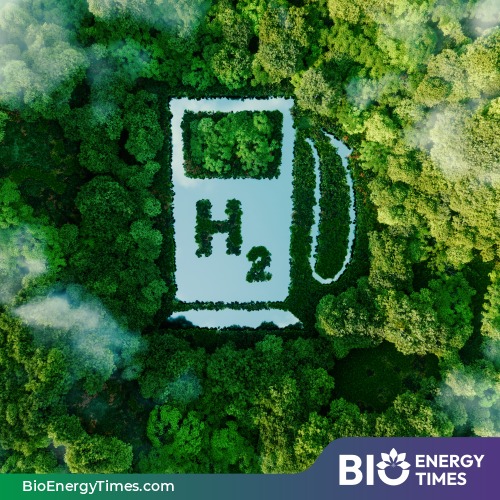The initial findings of a study conducted by Engineers India Limited (EIL) indicate that up to 5 percent green hydrogen can be blended with piped natural gas (PNG), reported The Hindu BusinessLine.
“EIL is studying the blending of green hydrogen with PNG. About 3-5 percent can be blended without negatively affecting the pipeline infrastructure. These are preliminary findings,” a senior government official stated.
EIL, in collaboration with IIT Kanpur, is investigating the effects of green hydrogen on city gas distribution (CGD) pipelines, and the initial report has been submitted to the Ministry of Petroleum & Natural Gas (MoPNG), the official added.
This development is significant as it could help India, the world’s third-largest energy consumer, reduce its fossil fuel imports. The country imports nearly half of its natural gas needs as liquefied natural gas (LNG).
India, the fourth-largest LNG importer globally, consumed 66.63 billion cubic meters (BCM) of natural gas in FY24, up from 59.97 BCM in FY23 and 64.16 BCM in FY22.
Hydrogen is a versatile energy carrier with applications in renewable energy integration and transportation. It is produced using renewable energy and electrolysis, distinguishing it from grey hydrogen, which is derived from methane and emits greenhouse gases. Energy can be harnessed from hydrogen through combustion or fuel cells, producing only water as a by-product.
However, there are challenges associated with hydrogen usage. A study by the US Department of Energy’s National Renewable Energy Laboratory (NREL) in 2013 highlighted concerns about how hydrogen impacts pipelines and appliances. Specifically, hydrogen embrittlement can weaken metal or polyethylene pipes and increase leakage risks, especially in high-pressure systems.
Hydrogen embrittlement occurs when hydrogen diffuses into the material of the pipeline, making it brittle. The degree of embrittlement depends on the concentration of hydrogen and the material’s microstructure.
Central public sector undertakings (CPSUs) are already conducting pilot projects blending green hydrogen with PNG. For example, NTPC has initiated a green hydrogen blending project in Kawas, Gujarat, starting with 5 percent hydrogen on a volume basis, which will increase to 8 percent from December 2023.
Similarly, GAIL has launched a pilot project for hydrogen blending with PNG at Avantika Gas, a joint venture of GAIL and HPCL, starting at 2 percent on a volume basis, increased to 5 percent after March 2023.
GAIL has also established its first green hydrogen plant in Vijaipur, Madhya Pradesh, with a production capacity of 1.4 kilo tonnes per annum (KTPA), or approximately 4.3 tonnes per day (TPD). Initially, the hydrogen from this facility will be used as fuel in existing processes at the Vijaipur plant and is planned for distribution to retail customers in nearby areas via high-pressure cascades.
Additionally, the government has initiated a study to evaluate the cost dynamics and feasibility of transporting green hydrogen through pipelines from renewable energy zones (REZs) to ports for domestic use and exports.
A team from GAIL, Indian Oil Corporation (IoCL), Central Electricity Authority (CEA), and NTPC is exploring options for setting up a pipeline to transport green hydrogen. An initial study on the cost of transporting hydrogen from Rajasthan to Paradip port in Odisha has been conducted.
Separately, in March this year, the Petroleum and Natural Gas Regulatory Board (PNGRB) announced its efforts to explore methods for transporting green hydrogen through natural gas transmission lines by blending it with natural gas. The regulator views gas transmission lines as a primary option for transporting green hydrogen. India’s annual hydrogen demand is approximately 6 million tonnes, accounting for about 6 percent of global demand.
To read more about Green Hydrogen Industry News, continue reading BioEnergyTimes.com















